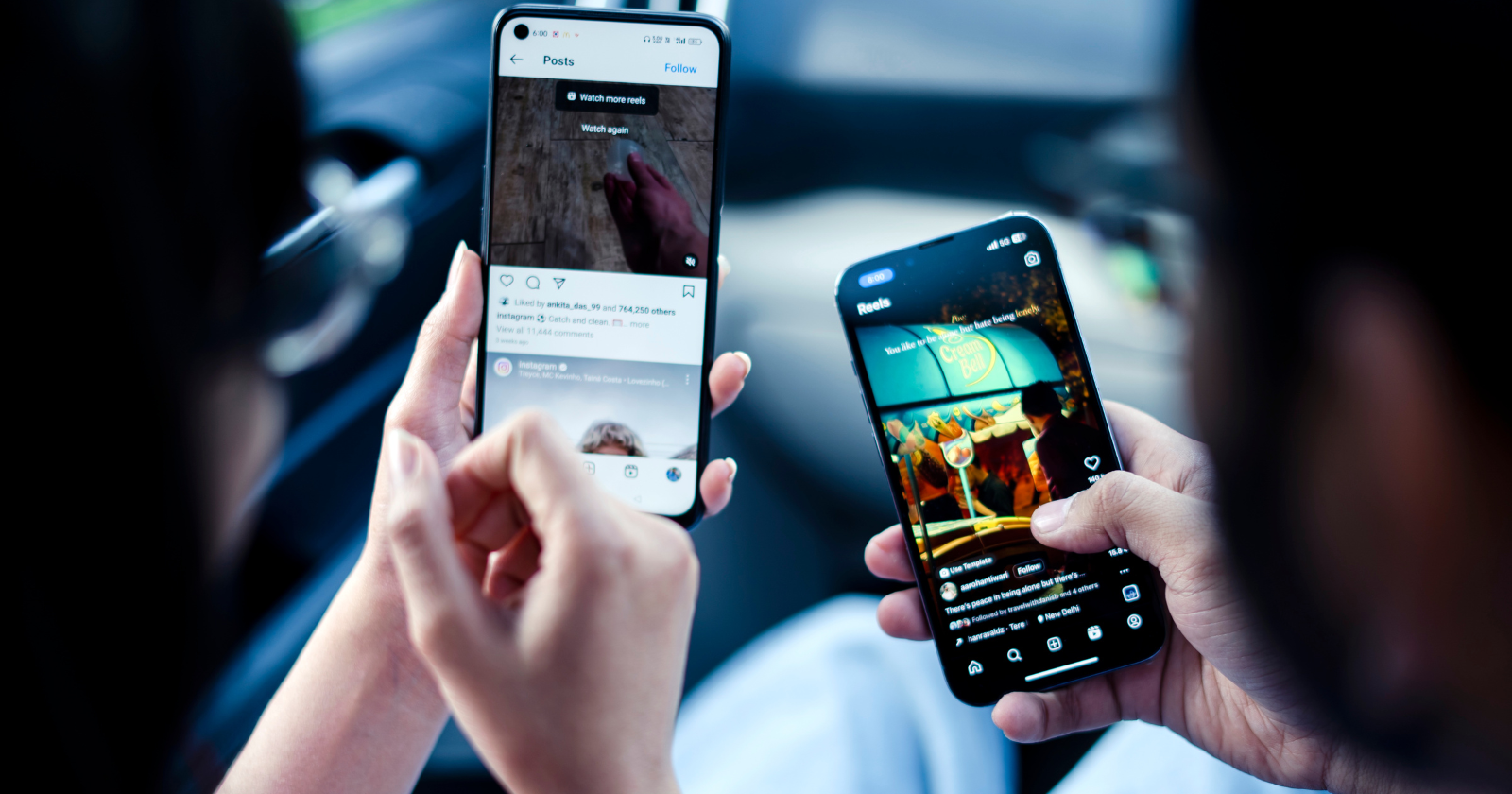
8 Instagram behaviors people use to look wealthy—but come off as desperate
How did your country report this? Share your view in the comments.
Diverging Reports Breakdown
8 Instagram behaviors people use to look wealthy—but come off as desperate
Some Instagram posts look like confidence, but the psychology behind them reveals something much more fragile. There’s nothing wrong with enjoying nice things or sharing moments online. But sometimes, the effort to look wealthy on Instagram crosses a line and screams insecurity. The psychology behind these behaviors often reveals more about the need for validation than about actual success. The danger? A feed that looks like it’s built more for approval than authenticity. It’s worth asking: are you posting to connect—or to prove something? It’s not about being rich or famous, it’s about being noticed. It’re performance, not admiration. And people can smell the difference between the real and the staged. It doesn’t just look desperate—it can actually shape your psychology. It can damage credibility long-term. If wealth is real, it rarely needs props. If it’s staged, it eventually cracks. And if it’s not real, people can sense the difference. There’s a big difference between good and bad.
There’s nothing wrong with enjoying nice things or sharing moments online. But sometimes, the effort to look wealthy on Instagram crosses a line.
Instead of signaling confidence, it screams insecurity.
We’ve all seen it—and maybe even done it ourselves. But here’s the thing: the psychology behind these behaviors often reveals more about the need for validation than about actual success.
Let’s dive into the eight most common examples.
1. Overloading the feed with luxury logos
I get it—designer brands can feel like status symbols. But plastering your feed with logos is more likely to backfire than impress.
As Yahoo Finance has noted, “prominent logo displays often backfire, making brands seem inauthentic and less cool.”
In other words, subtlety wins. Quiet confidence always speaks louder than a loud logo.
If you’re truly living a wealthy life, you don’t need to advertise it on every post.
2. Posting nonstop selfies with curated backdrops
There’s a fine line between sharing your life and staging it. When every post is a perfectly angled selfie in front of a high-end car or rooftop bar, it looks more like a performance than a lifestyle.
Research from Swansea University backs this up: people who posted a high number of selfies saw a 25% increase in narcissism scores over just four months.
Translation? Overexposure doesn’t just look desperate—it can actually shape your psychology.
I’ve noticed this myself when scrolling through feeds. The more curated the image, the less believable the story behind it feels.
3. Flashing cash or receipts
Few things come off as more desperate than spreading dollar bills on a table or zooming in on a shopping receipt. It doesn’t communicate wealth—it communicates the need to be noticed.
Psychologists like Dian Grier, LCSW, explain why: “Narcissism is a cover for a very weak self-image…the worst pain for a narcissist is to not be noticed.”
Real wealth tends to show up in freedom, not flexing.
4. Exotic travel that feels more staged than enjoyed
Travel can be enriching. But when the photo is more about the staged champagne glass than the actual experience, it raises questions. Are you enjoying the trip—or are you trying to sell the idea of luxury?
I’ve caught myself doing this in small ways—spending more time getting the “perfect” shot than soaking in the actual moment. And that’s the trap.
A photo isn’t proof of a great trip. The real proof is how much it moved you when the camera was off.
5. Overvaluing external validation
This one starts earlier than Instagram. Research from Ohio State University shows that parents who “overvalue” their children—treating them as more special and entitled than others—raise kids who score higher in narcissism later on.
That same wiring often shows up online as the need for endless likes, comments, and shares. The danger? A feed that looks like it’s built more for approval than authenticity.
It’s worth asking: are you posting to connect—or to prove something?
6. Trying too hard with rented lifestyles
We’ve all seen it: luxury cars for the photo shoot, private jets that are actually rented sets, or “borrowed” designer goods for the day.
This doesn’t just come off as desperate—it can damage credibility long-term. If wealth is real, it rarely needs props. If it’s staged, it eventually cracks.
And people can smell the difference.
7. Mistaking attention for admiration
There’s a big difference between being respected and being noticed. Narcissism experts explain that many people seek any kind of attention—good or bad—because silence feels unbearable. As Grier puts it, “They will say or do outrageous things to be noticed if they are feeling ignored.”
That explains the over-the-top stunts we see online: standing on a luxury car, showering a room with champagne, or posting every purchase as if it were newsworthy.
It’s not admiration. It’s performance.
8. Hiding insecurity behind filters and perfection
If every photo is smoothed, filtered, and edited to impossible standards, it starts to look less like wealth and more like fragility.
This is where Rudá Iandê’s recent book Laughing in the Face of Chaos hit me hard. He writes:
“When we let go of the need to be perfect, we free ourselves to live fully—embracing the mess, complexity, and richness of a life that’s delightfully real.”
His insights apply here perfectly. If you’re chasing perfection online, you’re not projecting wealth—you’re projecting fear.
Real strength is being okay with being seen as you are.
The bottom line
The Instagram behaviors that try hardest to signal wealth usually end up signaling the opposite.
Logos, staged selfies, cash flashes, rented lifestyles—they’re all performances that reveal more about insecurity than actual abundance.
The irony? The wealthiest thing you can do online is show up as yourself. No filters, no flexing—just real moments, honestly shared.
Because authenticity isn’t just more relatable—it’s timeless.
